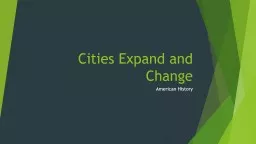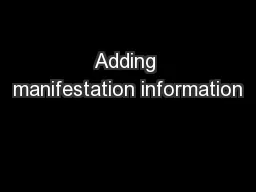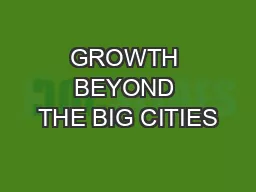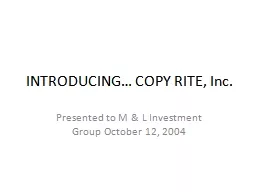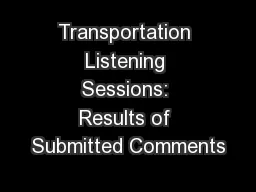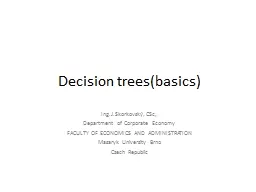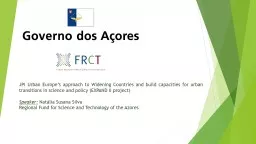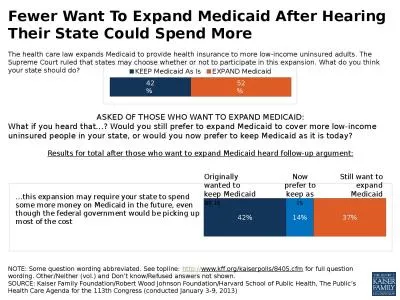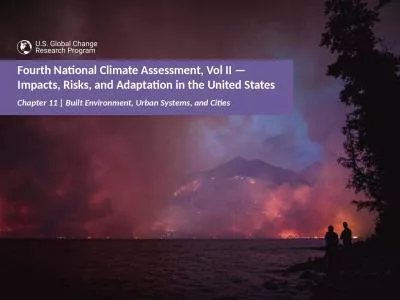PPT-Cities Expand and Change
Author : briana-ranney | Published Date : 2016-10-17
American History Goals Students will be able to Analyze economic challenges American farmers faced in the 1800s Examine causes and consequences of the second Industrial
Presentation Embed Code
Download Presentation
Download Presentation The PPT/PDF document "Cities Expand and Change" is the property of its rightful owner. Permission is granted to download and print the materials on this website for personal, non-commercial use only, and to display it on your personal computer provided you do not modify the materials and that you retain all copyright notices contained in the materials. By downloading content from our website, you accept the terms of this agreement.
Cities Expand and Change: Transcript
Download Rules Of Document
"Cities Expand and Change"The content belongs to its owner. You may download and print it for personal use, without modification, and keep all copyright notices. By downloading, you agree to these terms.
Related Documents

